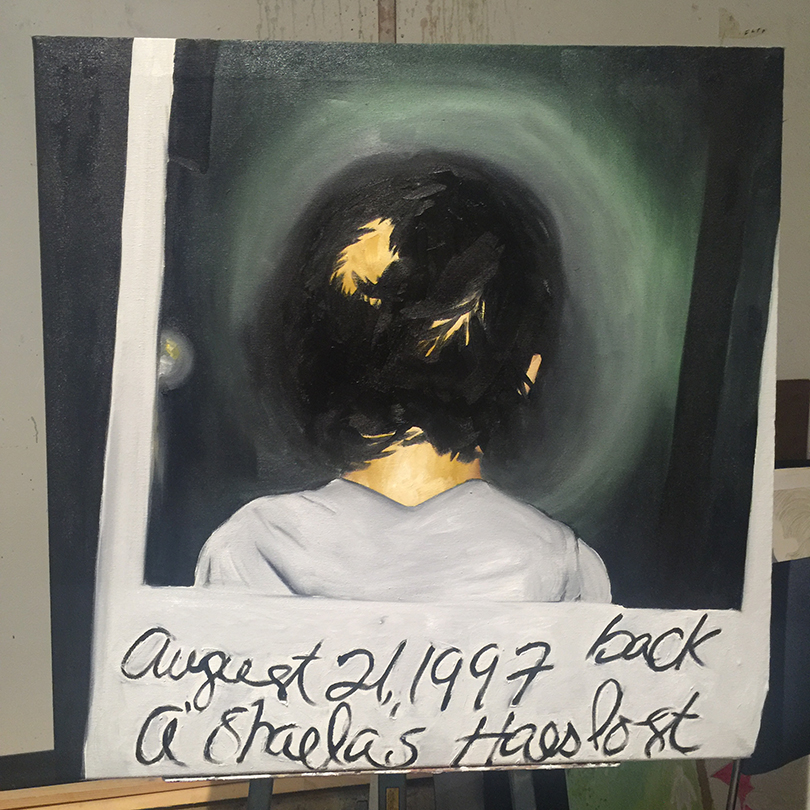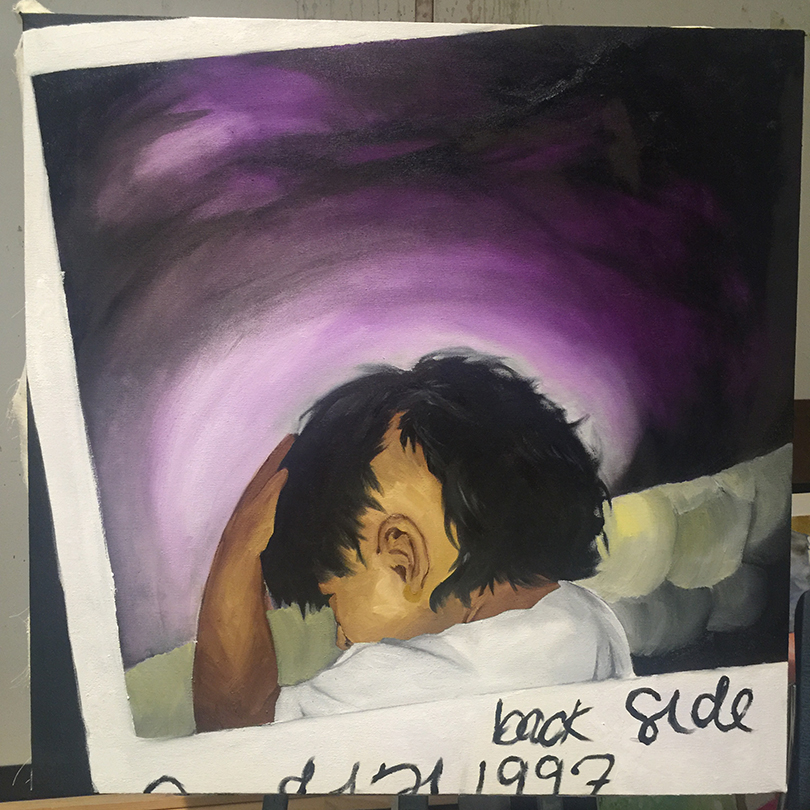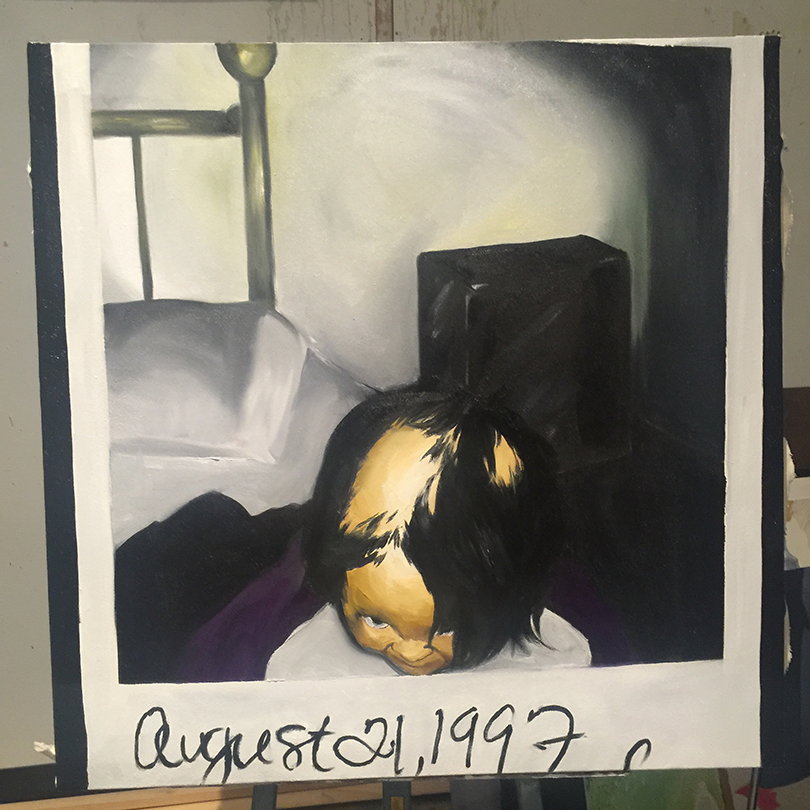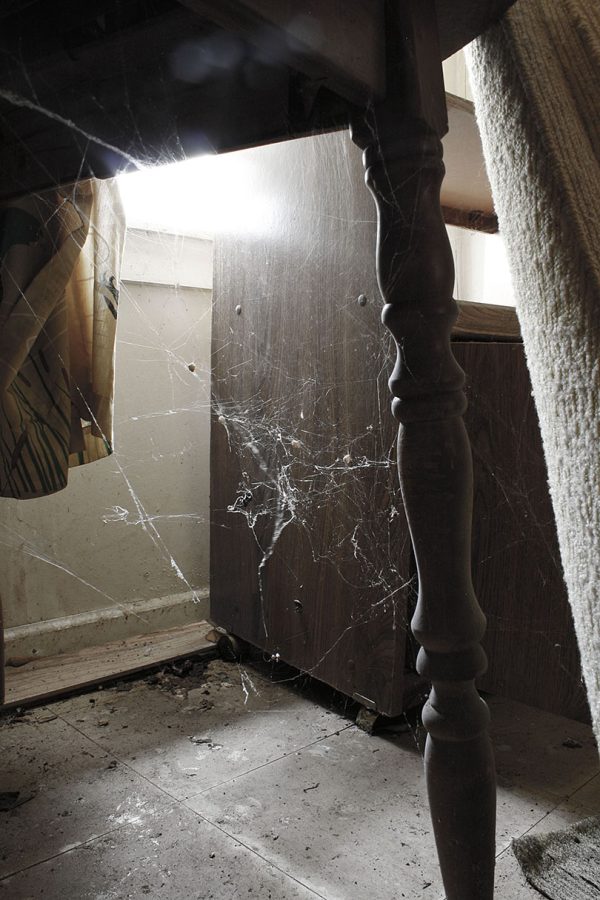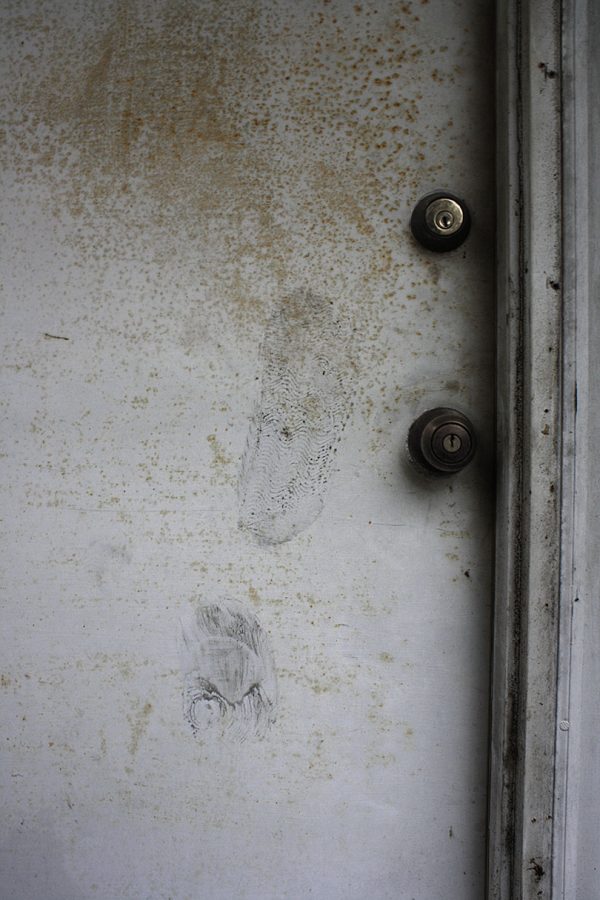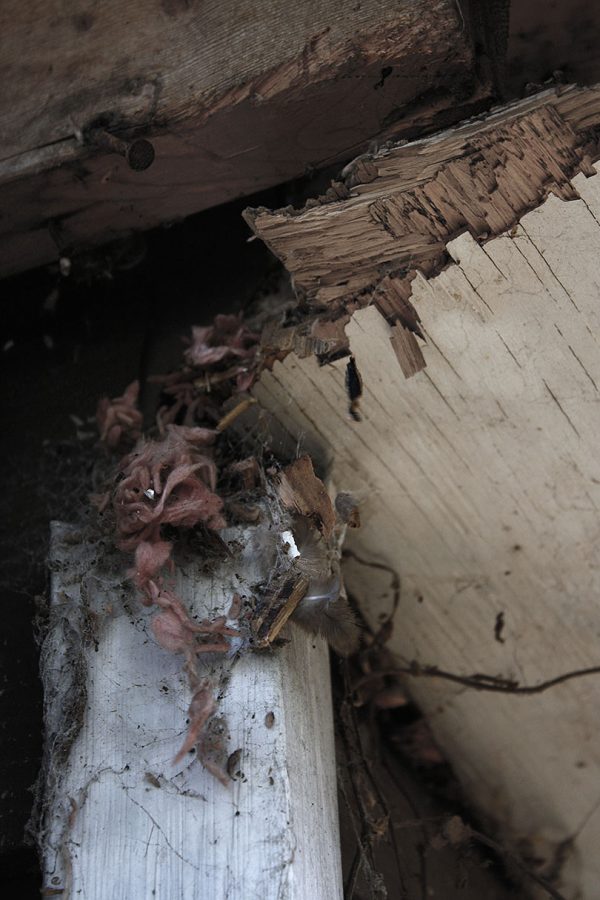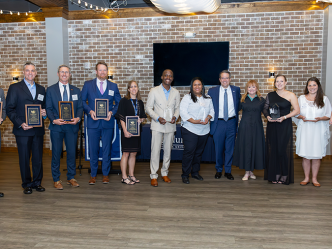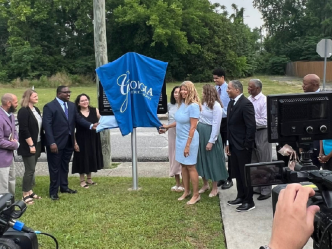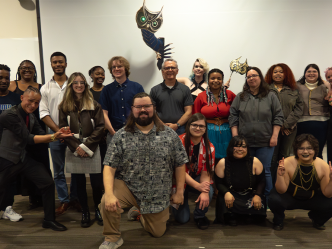Graduation day is just around the corner and many Augusta University seniors are feeling the pull of senioritis. Augusta art majors may be the exception, though. This group of seniors has worked hard to prepare and present exhibitions of their artwork as well as give public artist’s talks.
These exhibitions were a part of the senior capstone class and one of the final college requirements for art students.
“The capstone class is designed to be a bridge out of the university and into the art world, and every assignment students complete goes public,” explains Kristin Casaletto, professor of Art.
Casaletto teaches the capstone course and each student is assigned a mentor, but the students do all the work for their exhibition themselves. This includes framing and matting their work, writing proposals for gallery space and giving a public artist’s talk that last approximately 15 minutes.
“I never had a class like this when I was in school, and I wish I had,” said Casaletto. “We talk about everything. In addition to teaching students how to get their work in a gallery, we talk about contracts, taxes and how to run a studio.”
A’Shaela Abdon is a senior art major and one of the students enrolled in Casaletto’s capstone course. Abdon’s exhibition was titled Mourning Hair and centered on her struggle with alopecia.
Alopecia is a condition in which the body mistakenly attacks hair follicles. The condition can be brought on by extreme stress or illness, and the result is partial or complete hair loss.
Abdon was three when she was diagnosed with alopecia. Prior to being diagnosed, Abdon got sick and needed to be quarantined. The white blood cells in her body fought the virus and kept fighting after she was better, believing that her hair was a foreign object.
Mourning Hair focused on the physical and mental effects alopecia has had on Abdon.
“When a person thinks of mourning they may think of being sad, but mourning isn’t necessarily a depressive state,” she said. “Mourning can be an acceptance and appreciation for what was and an understanding that it is no more.”
Thirteen pieces made up Abdon’s exhibition; 10 paintings and two ceramic sculptures. The exhibition focused on Abdon’s personal experiences with alopecia, but she recognizes that her experiences probably mirror those of others who battle the auto-immune skin disease. For example, many of the pieces focus on medication prescribed to men and women with alopecia.
One of Abdon’s favorite pieces is a sculpture that represents the steroid shots Abdon received.
“For about two years I was getting steroid shots in my scalp,” she said. “I would say I got 100 shots in that time period. This piece takes on that experience. When you think about getting a shot in one sitting it doesn’t sound like much, but this piece is a compilation of all the shots I got in my head during that time.”
One consistent theme in Abdon’s work is the use of flowers. They have a dual-meaning. First, flowers represent femininity and the standards women are held to. In Abdon’s experience, those standards are a constant reminder to women with alopecia. Secondly, the flowers in Abdon’s work represent inner-beauty.
“Flowers are considered beautiful and even when a flower wilts or dies it’s still a flower,” Abdon said. “I’m trying to use the flowers as a representation of a person’s inner-beauty. A woman is still beautiful, even without her hair.”
For Abdon, Mourning Hair served a dual purpose. It was not just her capstone exhibition but also an open announcement of Abdon’s struggle with alopecia. Prior to the premiere of Mourning Hair, the only people who were aware of Abdon’s diagnosis were her parents and immediate family members.
“I never told my friends much less strangers,” she said. “It was embarrassing to have this condition. For a time I was stressed and my hair was not responding well, so I decided to shave it and wear wigs.”
Recently, Abdon made the decision to stop wearing a wig.
“It’s a huge part of me that I ignored for a while, so I decided to embrace and confront my condition,” she said. “I was nervous, but it’s also something that needed to be done. I’m grateful and excited. I feel like I can finally be me. Artists consider their art an extension of themselves, and what better way to be myself than with my art?”
Abdon will graduate in December, and plans to look for internships or residencies. She hopes to work as a concept artist, an artist who creates preliminary drawings for television and movies.
Chelsea Stetz is graduating in December and will receive a fine arts degree with an emphasis in sculpture.
A common theme in Stetz’s work is daily life. She enjoys finding abandoned materials and objects and repurposing them.
“I focus on objects that are seemingly ordinary or mundane, things that people might think of as trash, items that are easily discarded or things people wouldn’t necessarily think of as beautiful,” she explained. “I try to elevate these objects to a higher status.”
For her exhibition, Stetz gained access to an abandoned home. She photographed the home and repurposed some of the furniture.
“I wanted people to think about the ideas of memory and lack of human life,” she said. “I wanted to communicate the idea of seeing something that isn’t necessarily beautiful as beautiful.”
It was these themes that led Stetz to name her exhibition Forgotten.
“Artists like to create and make original, beautiful things,” she said. “That’s not a bad thing. It’s wonderful to be able to add something to the world that is truly your own. However, I see preexisting potential and beauty in things that already are. They just need to be repurposed or reintroduced. That’s why I named the show Forgotten.”
After graduating, Stetz plans to go to graduate school. She would like to incorporate more photography into her work.
Meanwhile, in just a few shorts days, a seven-year journey will come to a close for Pam Chinnery. She will graduate with a degree in fine arts and an emphasis on painting and drawing.
Chinnery is a non-traditional student in more ways than one.
On St. Patrick’s Day, 33 years ago, Chinnery found herself dressed as a clown to help a friend sell balloons in downtown Augusta. A little girl jumped out of her parent’s car and ran over to Chinnery. She wrapped her arms around Chinnery’s legs and said, “Ms. Clown, I love you.”
“It gave me chills” Chinnery remembers. “To have that kind of instant rapport with a child just really spoke to my heart, and I knew it was a world I wanted to be a part of.”
Chinnery has worked as a professional clown ever since, and somewhere along the way, her son persuaded her to return to school.
“I’ve always been an artist at heart,” she said. “My grandmother received her art degree late in life and she was always a big influence on me. When my son convinced me to apply at Augusta University, I knew art was the way to go. I couldn’t think of anything else I would go to school for.”
Chinnery’s senior exhibition allowed her to combine two of her passions, art and clowning. She hopes her exhibition opened a door for people who are not familiar with the world of clowns. The exhibition featured several portraits and was titled The Show Must Go On.
“As a performer, regardless of what’s going on in my life or with me personally, physically or mentally, I have to be ‘on’ when I get into character,” she said. “This is kind of an inside view of that process.”
Chinnery hopes her exhibition is able to reach out to people who may be scared of clowns. She believes her show can be an outlet to illustrate the idea that clowns are not supposed to be scary.
“Real, true professional clowns are supposed to bring joy,” she said. “I’m hoping that this will shed some light on that. There is a genuine, loving, caring person underneath the costume.”
Chinnery’s exhibition will be on display at the Mary S. Byrd Gallery on the Summerville campus until Tuesday, May 3.
Currently, all of the students enrolled in the capstone class, including Abdon, Stetz and Chinnery, are part of an exhibition at the Steffen Thomas Museum of Art in Buckhead, Georgia. The exhibition is titled Placing the Capstone II and features several works from each student involved with Casaletto’s capstone course. The exhibition is part of the College Connections program at the museum.
The College Connections program is a partnership with Augusta University that allows graduating art students to have their works featured in a museum exhibition. This partnership provides students with a resume-building activity and gives them a public forum to talk about their work and plans post-graduation. Much of the work is for sale.
Placing the Captsone II will be on display at the Steffen Thomas Museum of Art through May 28, 2016. The exhibition is free and open to the public. For more information visit the museum’s webpage or email Kristin Casaletto at kcasaletto@augusta.edu.
 Augusta University
Augusta University


